Scroll down for more
Generate Unique Product Ideas and Insights With ChatGPT
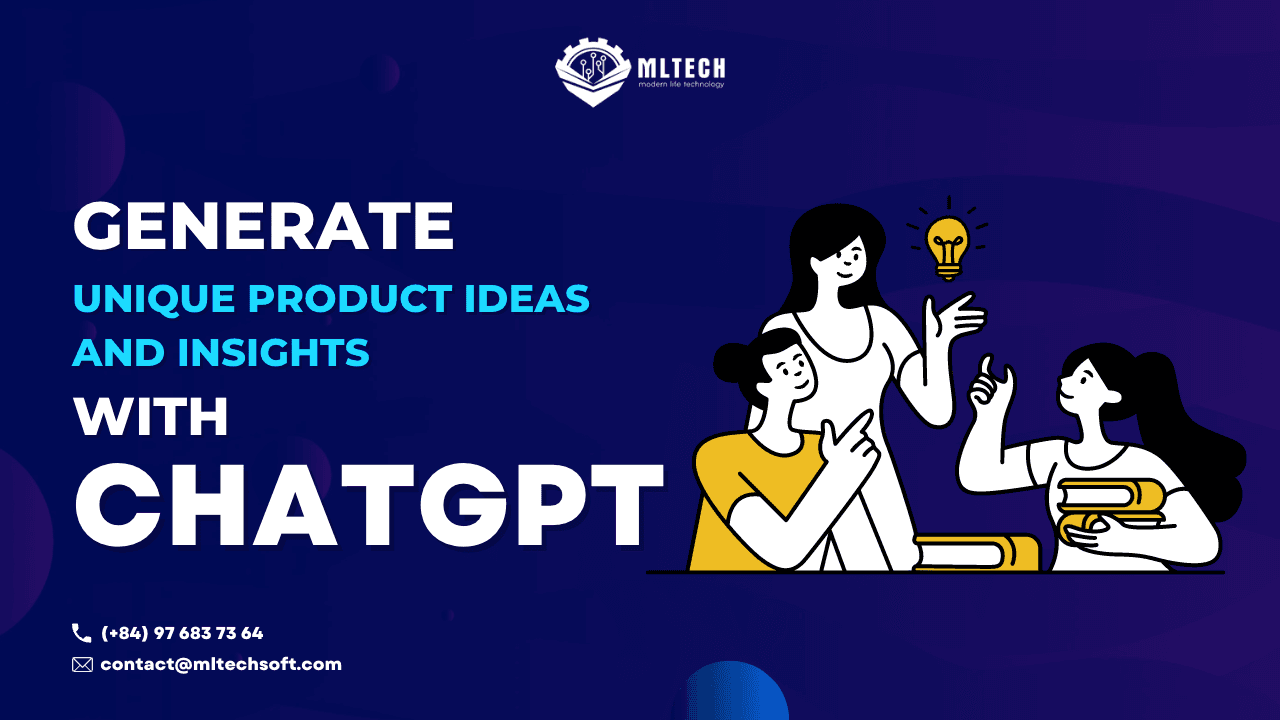
Future innovators will be editors, not creators. The teams that conceive and develop the most creative concepts, smartest business models, and most innovative products will be the ones that harness the power of these new technologies.
Innovation is important for business success, but it can be hard to come up with new ideas and insights. This is where Chat GPT comes into play. OpenAI created Chat-GPT (Generative Pre-trained Transformer), a potent language model that can respond to text-based questions in a way that sounds like a real person.
Using Chat GPT for Innovators is a game changer, allowing you to explore new ideas and perspectives and gain new insights that can help you take your business to the next level. This article talks about how GPT can be used to help people be more creative and come up with new ideas. It also gives practical tips for people who want to use this technology in their work.
1. ChatGPT in Product Discovery
Chat-GPT is a language model trained on vast amounts of text data to generate human-like responses to text-based prompts. It uses a technique called unsupervised learning. That is, it learns from text data without human intervention. This makes it a great way to come up with new ideas and insights because it can come up with answers that aren't limited by human biases.
How Chat GPT works is to predict the next word in a sentence based on the previous word. This is done using a technique called attention. This allows you to focus your responses on specific parts of the input text. This technique allows Chat-GPT to generate highly accurate and coherent responses to text-based prompts.

What are some use cases where Chat GPT can be leveraged for your product discovery journey?
Product Information or Attribution: Chat GPT allows you to auto-generate detailed product descriptions, including specs, features, and tags.
Search engine optimization: Chat GPT can suggest SEO links for specific products, which can improve external search traffic.
Product evaluation analysis: Product reviews are a valuable part of product discovery models because they give context and show how customers feel about the product.
Personalized recommendations: Chat GPT may use customer information to make personalized product suggestions based on a customer's past purchases, browsing history, and search terms. This allows customers to find products related to their interests and needs.
Product comparison: Chat GPT may let customers compare products and point out how they are alike and how they are different. This allows customers to make informed decisions and choose the product that best fits their needs.
Guided product selection: Chat GPT can guide customers through the product selection process by asking them questions about their preferences and needs. This allows customers to narrow down their choices and find products that meet their specific needs.
Cross-selling and up-selling: Chat GPT may suggest complementary products or recommend superior products to customers. This increases the customer's purchase value and enhances the customer's overall experience.
2. Benefits of using ChatGPT in Product Discovery
Chat with innovators GPT provides new perspectives and ideas, fostering creativity and innovation. Here are some of the ways Chat GPT fosters innovation.
Idea generation: ChatGPT can give a wide range of answers to text-based questions, giving new ideas and points of view that can help people think of new things.
Diverse Thinking: ChatGPT is able to provide solutions that are unrestricted by people's prejudices. This lets people think in different ways and try out new ideas.
Better problem-solving: ChatGPT gives new ways of looking at complex problems, which helps drive innovation and improves the ability to solve problems.
Improved collaboration: ChatGPT can support group work by providing responses to prompts that other people can comprehend and put together.
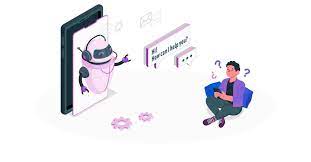
3. Getting started with ChatGPT
The ChatGPT tool from OpenAI is made to give detailed answers to any question or statement you type in. We get the best results by entering statements, but we're also open to questions.
For example, typing "explain how an internal combustion engine works" will give you more detailed results than asking "how an internal combustion engine works." You can also be more specific about requesting a specific number of paragraphs for an essay or Wikipedia page.
However, ChatGPT is not foolproof. When not enough data is available, gaps can be filled with misinformation. OpenAI says this is rare, and the tool is currently being trained on data that predates that date, so it "has limited knowledge of what will happen in the world after 2021." OpenAI may allow tools to search the web for more information, but they are currently disabled.
To make sure the results are correct, you can keep entering queries until you close the browser or reset the thread to get rid of all the previous ones. You can also view the page in dark or light mode.
3.1. How to access ChatGPT and get started with using it for product discovery
When you visit the chat.openai.com official website, you will see this page. Log in, or log in if you are already logged in. Now you can use ChatGPT to write your question in the dialog box to see the magic of ChatGPT in Open AI. See, you could ask a question, and Chat GPT AI answered it in a great way.
AI technologies like chatGPT are already being used by the Google Cloud Discovery AI search engine to help find new products.
This next-generation engine understands the semantic intent behind shopper queries and helps customers find what they're looking for faster. The real power behind this technology is in the way it understands natural language queries. This is not how customers interact with branded search engines today.

Searching by keywords (like product type, color, style, etc.) was how the first product recognition solutions worked. This is how customers still search for products today.
To really use AI's power, retailers are asking shoppers to use natural language queries in their e-commerce searches. This way, retailers can give customers the smooth, personalized online shopping experience they've come to expect. It must be taught to provide.
3.2. Tips for framing questions and getting the best results from ChatGPT
To get the most out of ChatGPT, it's important to ask the right questions. Language models are powerful and can create text that sounds like it was written by a person on a wide range of topics, but it's important to ask the right questions to get the best results. This article will give you some tips on how to ask effective questions and maximize ChatGPT's potential.
Tip 1: Specifically
One of the most important tips for asking effective questions is to be as specific as possible. The more specific your question, the more likely ChatGPT will give you an accurate and relevant answer. Avoid asking overly broad questions that can lead to vague or irrelevant answers.
For example, instead of asking "What is the meaning of life?", ask, "What is your philosophical view of the meaning of life?" or "What is the meaning of life from an existentialist perspective?" Please ask.
Tip 2: Use contextual prompts
As we talked about in the last article, contextual prompts can be a very useful way to control the output of ChatGPT. Users can help the model come up with more relevant and accurate answers by giving it specific context or scenarios to work with.
For example, instead of asking, "What's the best movie?" say, "I feel like watching a romantic comedy." "What movies would you recommend?"
Tip 3: Avoid prejudice
Another important tip for asking effective questions is to avoid input bias. ChatGPT is designed to generate human-like responses, but it's not human and has no personal opinions or biases. Users shouldn't assume a certain point of view or ask questions that are based on stereotypes or assumptions.
For example, instead of asking, "Why are women bad drivers?" ask, "What factors contribute to car accidents?"
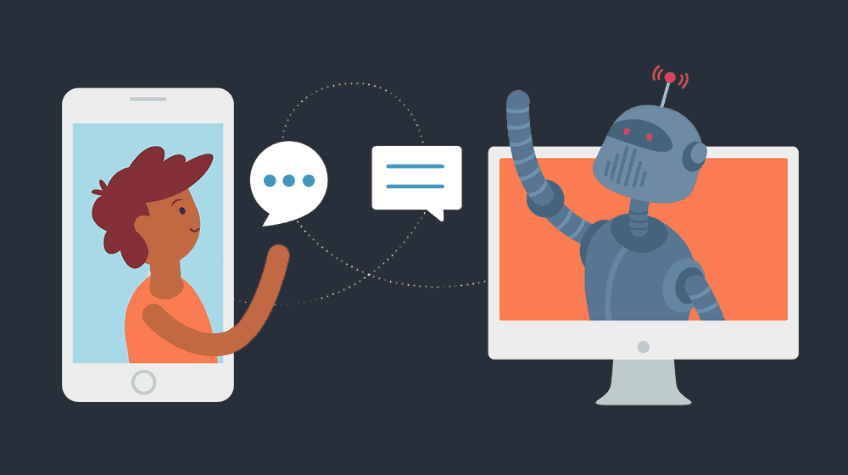
Tip 4: Provide relevant information
To get the best possible response from ChatGPT, it's important to provide relevant information in your input. This includes all relevant context, such as the user's location, preferences, and interests, as well as all relevant background information about the topic.
For example, instead of asking, "Where are the best restaurants?" provide information such as, "I'm looking for restaurants in New York City that serve vegan food and have outdoor seating."
Tip 5: Experiment and refine
Finally, users should try different question formats and refine their approach based on the results. ChatGPT is a powerful tool, and there is no one-size-fits-all approach to asking effective questions. By trying out different formats and methods, users can find new ways to use their models to their fullest potential.
4. ChatGPT for Idea Generation
By trying out different prompts and giving specific information, you can come up with more unique, useful ideas and increase your chances of finding one that works.
Here are some prompts you can use to get started:
- Generate new business ideas for sustainable products.
- Build a unique business model as a health and wellness company
- Develop new services for small businesses in the technology industry
- Create new transportation business ideas
- Generate ideas for new mobile apps that solve common problems
- It's important to experiment with different prompts and generate multiple ideas to increase your chances of finding unique and actionable ideas.
ChatGPT can give you better and more relevant results if you give it information about your interests and industry.
4.1. Unique prompts for using ChatGPT to generate new product ideas
- Generate X new product ideas for Y (such as an organization that sells outdoor equipment).
- Develop X product concept for Y (e.g. subscription-based meal delivery service).
- Create a list of X candidate product ideas for Y (e.g. a mobile app that helps users track their fitness goals).
- Brainstorming X product concepts for Y (e.g. smart home devices that help improve energy efficiency).
- Generate X ideas for Y (e.g. a new line of eco-friendly cleaning products). What unique features can you add to -Y (e.g. a fitness tracking app)?
- What is Y's innovative idea (e.g., a smart home security system)?

4.2. How ChatGPT can help you explore different directions and possibilities
ChatGPT works like a pro
Designers can take advantage of ChatGPT's professional features.
It would be like you to think about what you want AI to do and what role you want AI to play. Let's say you're developing an app and you need to create a template for an email explaining to a user that his credit card is about to expire.
In this case, ChatGPT can ask them to generate the text as a UX author. Don't forget to explain to ChatGPT the context and tone of voice you prefer.
Create a table in ChatGPT
A great way to use ChatGPT is to create prompts and tables. For example, you can ask ChatGPT to create a table of all the tokens a button can have in the tokenizing system. This table will help you understand the information better.
For organizing information:
Product designers are often faced with large amounts of information that need to be organized in a particular way. For example, it organizes many elements to create a good information architecture. This is exactly how ChatGPT can automate tasks instead of doing them manually.
5. ChatGPT for Idea Refinement
Creative people are taught to find a balance between art and science, between input and output, and between having a vision and carrying it out. Thanks to ChatGPT, creative people should change how they work and use her AI's almost endless possibilities to meet their own needs.
This means that we should take our uniqueness and use it in conjunction with ChatGPT. That means you have to do things that Chat GPT can't do. In other words, it must be human.
5.1. How to use ChatGPT to refine and iterate on existing product concepts
For more demanding or specialized tasks, ChatGPT examples can be provided. These bids, called one-shot bids or few-shot bids, can reproduce a particular style. It adapts to the brand's voice and the host's speaking style.
There are several options for setting up a command prompt. If you have more than one example, you can start each with "Example #" and end the prompt with the next example number. ChatGPT will figure out the specific style you want to emulate.
Another way to approach a product concept is to start with a generic prompt and refine it over time to become more specific. This is an approach known as "repetitive prompting." For example, you can start by creating a general list of ideas, and once you find one you like, you can refine your prompts to generate more ideas along those lines.
5.2. Unique prompts for exploring variations and potential improvements to your ideas
Imagine working with a designer and asking them to create a screen in Figma with their vision for a new app. The idea of the app is to explain cooking to people. You can tell them:
Can I make an app that teaches people how to cook?
Could you create an app for the iOS platform that teaches you how to cook?
Our main audience is teenagers who want to learn how to cook. Can you make an app that teaches people how to cook?
Our main target group is teenagers who want to learn how to cook. Start with the iOS app.
The recipes are written in text format, some videos are included, and the user can list the ingredients that need to be purchased. The user interface should be simple.
The third example is the clearest and allows designers to portray their vision. This is similar to Command Prompt. The more detailed they are, the more accurate the results.
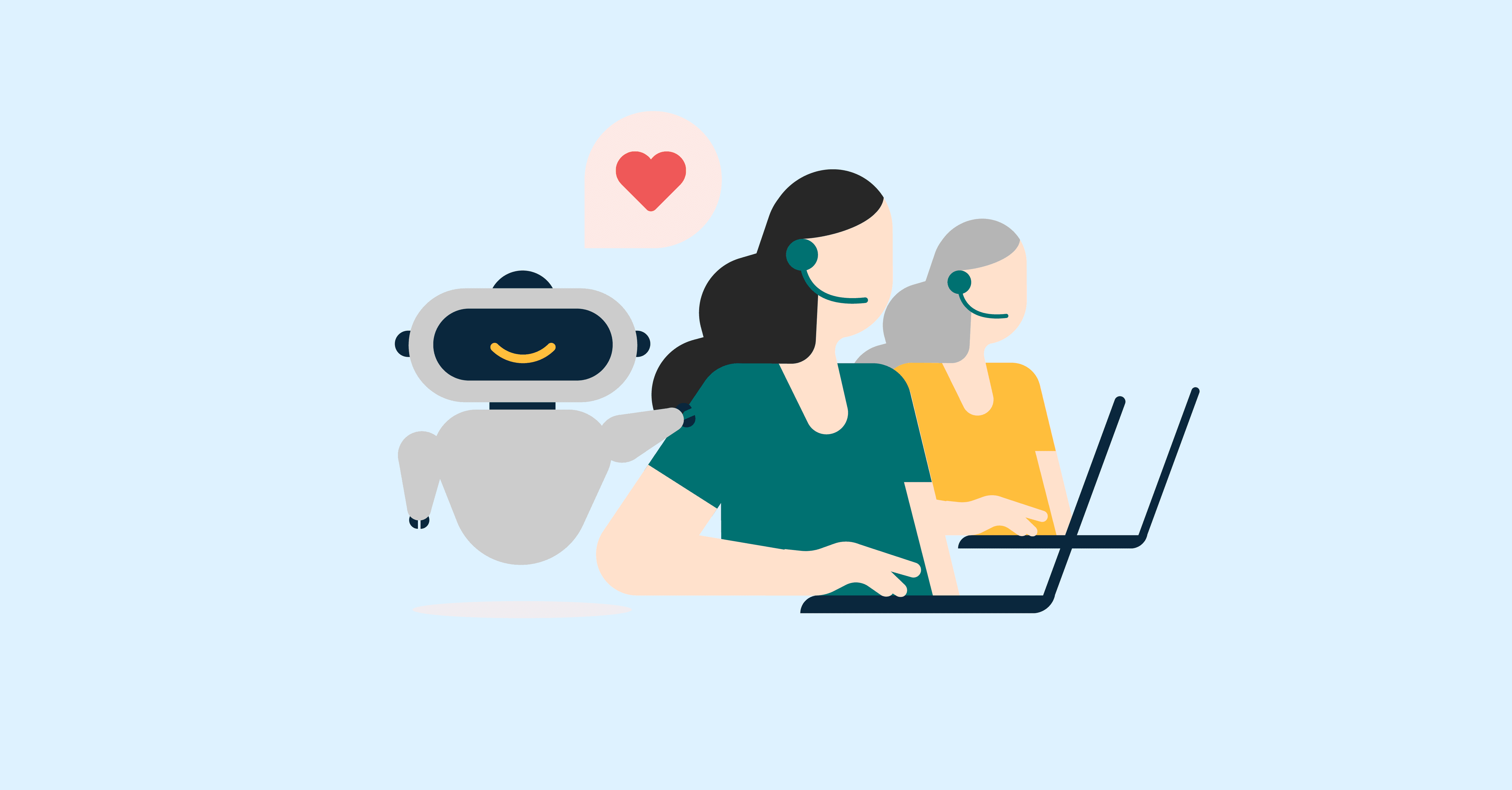
One important thing
Even with great prompts, ChatGPT can't provide 100% curated results. You have to manually tweak the results and adjust until you are satisfied. With that said, let's take a look at some ideas that can help you create great prompts and get great results.
6. Best Practices for Using ChatGPT in Product Discovery
- Act as a product manager: Please note my next request. Please reply to me as a product manager. Ask the topic. Please use these headers to help create a PRD for that topic.
Topic, Introduction, Problem Description, Goals and Objectives, User Stories, Technical Requirements, Benefits, KPIs, Development Risks, and Conclusion
Please don't write a PRD until I ask for a specific topic, feature PR development.
- Act as a UX/UI developer: I want you to be active as a UX/UI developer. Learn more about designing apps, websites, and other digital products. Your job is to find creative ways to improve the user experience. This includes prototyping, testing different designs, and providing feedback on the best functionality. My first request was to help make a new mobile app's navigation system easy to use.
6.1. Integrate ChatGPT into your product discovery process
Product discovery is the process of learning about user problems and needs and testing ideas for how to solve them before development begins. By building a close relationship with your users and allowing them to guide your design thinking, you are much more likely to ensure that your overall product strategy will ultimately solve real user problems.
It's also important to remember that product discovery is not necessarily a single phase of product development. Continuous Product Discovery is a set of tools and a way of thinking that is used to extend the product discovery phase to a continuous mindset of regular, consistent feedback, discovery, and iteration throughout the product development lifecycle.
6.2. ChatGPT in combination with other tools and techniques
ChatGPT is a powerful addition to any product manager's toolkit. You can also use this tool to make survey questions to get customer feedback, write product descriptions, articles, and other marketing content, and help organize your backlog.
In addition to helping with core product management functions, it also helps in product operations (Prod Ops) practice. Product operations responsibilities vary by organization but typically include the following:
Monitoring product performance: The Product Ops team keeps an eye on key metrics to make sure the product is working as expected and to find ways to make it better.
Customer service: The Prod Ops team will keep helping our customers to make sure they are happy and to solve any problems that come up.
Product improvements: The production team works with the development team to identify and prioritize product improvements based on customer feedback and business goals.
Process optimization: The Prod Ops team streamlines processes to improve efficiency and effectiveness.
IP management: Centralize and organize information so that product operations teams have easy access to the information they need to do their jobs effectively.
Data analysis: Prod Ops uses data to make product decisions such as: B. Analyze customer feedback to inform your product roadmap.
Conclusion
Innovation is important for business success, but it can be hard to come up with new ideas and insights.
Using Chat GPT for Innovators is a game changer, allowing you to explore new ideas and perspectives and gain new insights that can help you take your business to the next level.
Understanding how Chat GPT works and following best practices for using it can help increase creativity and innovation, facilitate problem solving, and foster collaboration.
Chat-GPT is a powerful tool for innovators who want to find new opportunities and drive growth. It can give very accurate and coherent answers to text-based questions.
Get our blog
Want the latest and greatest from our blog straight to your inbox? Chunk us your details and get a sweet weekly email.
Read more in our blog

Project Management
The Impact of Dynamic Pricing on Customer BehaviorExplore the impact of dynamic pricing on customer behavior and learn how to implement effective pricing strategies.

Project Management
Focus in Scrum: Keeping Your Team on TrackDiscover effective strategies to maintain focus within your Scrum team, overcome common challenges, and boost productivity.
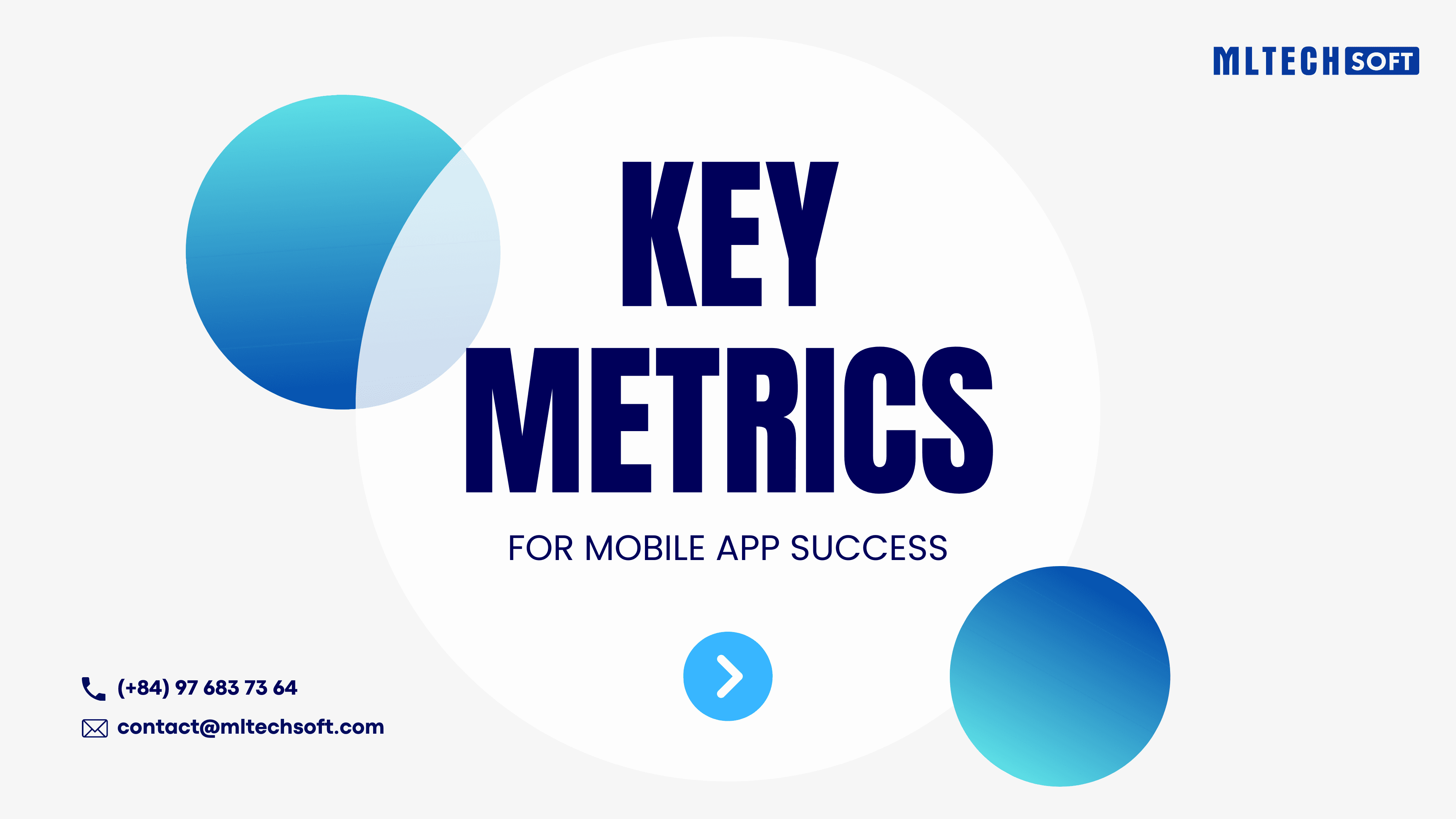
Project Management
Key Metrics for Mobile App SuccessDiscover the essential metrics for mobile app success, from user acquisition and engagement to monetization and performance.
MLTECH SOFT